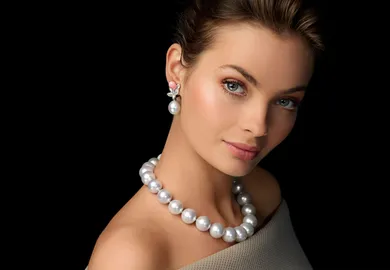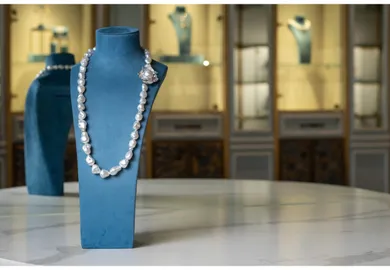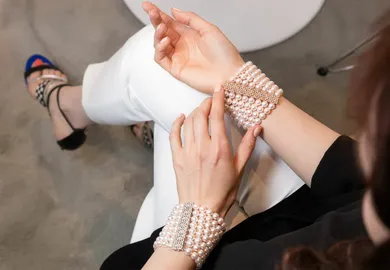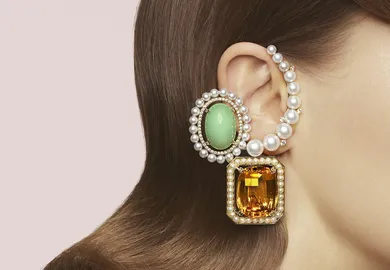
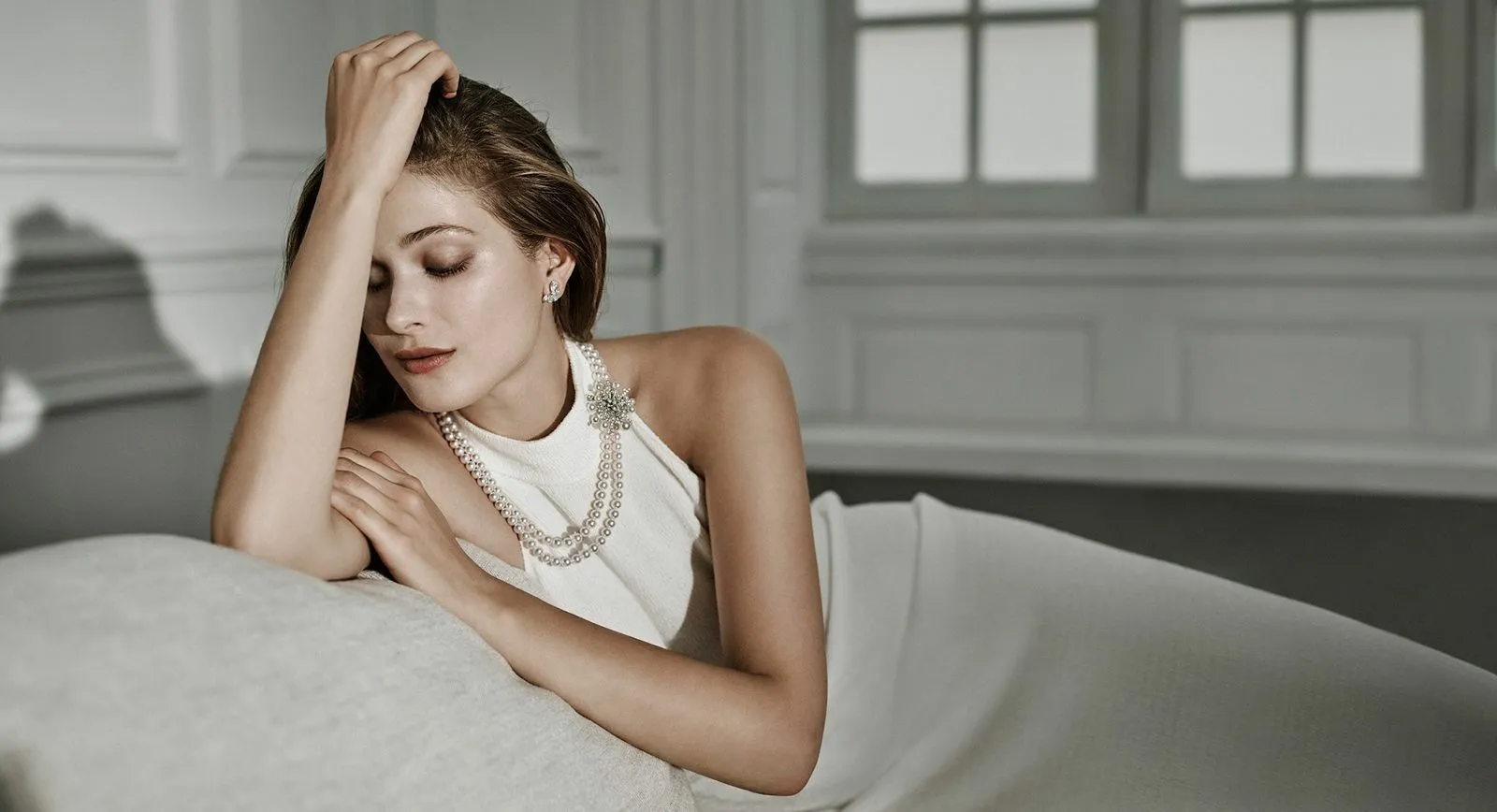
Right Choice: Ten Golden Rules for Buying Pearl Jewellery
I think it is fair to say that the pearl is one of the most widely known and popular of nature’s treasures. Over the years they have given us some of the all-time jewellery classics and today the market is positively dazzled by the sheer range of pearls on offer.
So what should you look out for when choosing your pearls to make sure you get something to treasure and wear with pride? Here are my ten golden rules to help you make the right choice.
1. Don’t rush! It is important to explore the market and compare different pearls. The two most important things to look out for are the lustre and orient – the word for the play of colours on the pearl’s surface. On top of this I would also suggest taking into account the thickness and quality of the nacre – as a rule, if there is a strong orient then the pearl has a thick layer of mother-of-pearl. Then there is also colour and hue, the shape and size of the pearl and its compatibility with other pearls in a set, all of which depend on your own personal taste.
2. Look at the pearl under both natural and artificial light. The characteristic soft sheen of a good quality pearl will be just as striking under ordinary indoor lights as in bright sunshine.
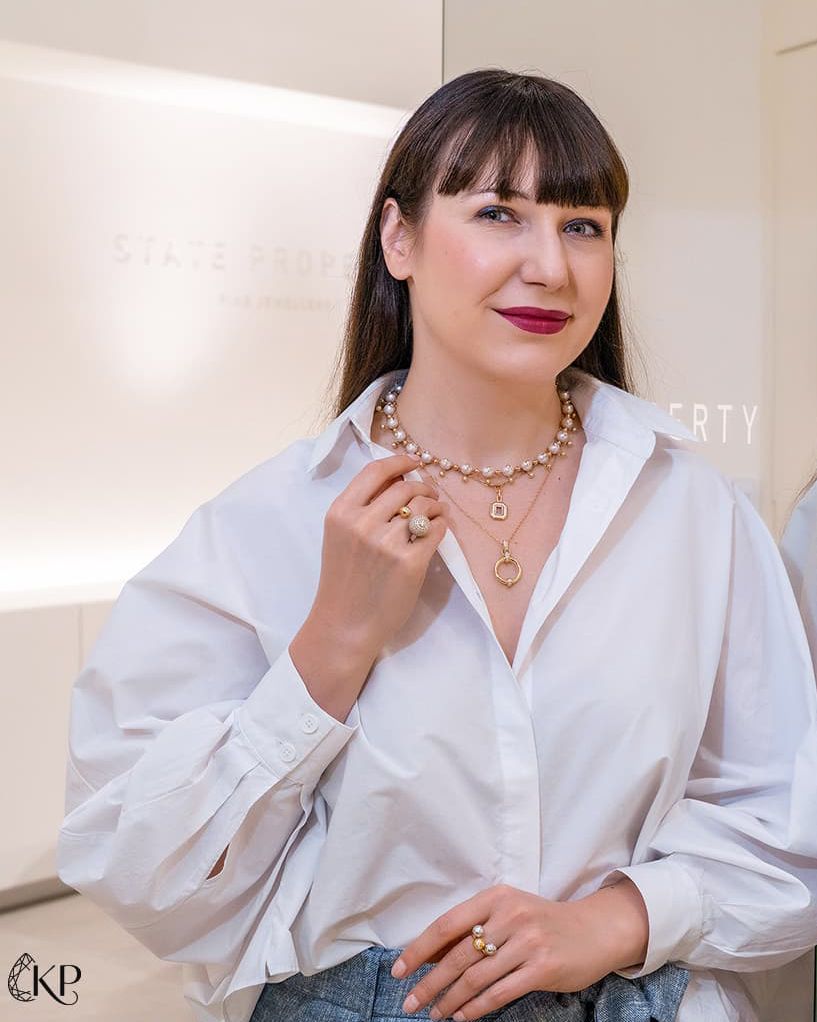
Katerina Perez wearing State Property pearl jewels
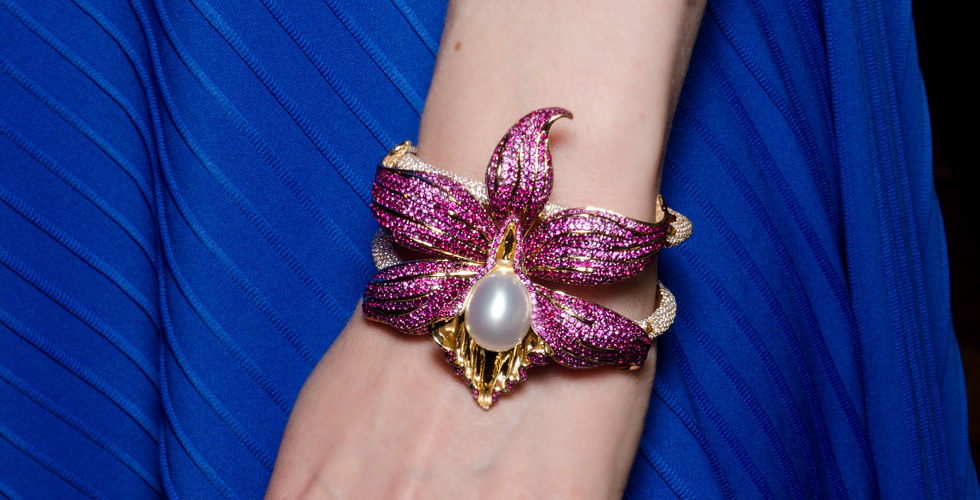
Autore Orchid Bracelet with a South Sea pearl, sapphires and diamonds
3. Try it on. Pearls go with a wide range of colour palettes and shades, and if you test them out you can judge how well different pearls complement your outfit, hair and skin tone.
4. Establish whether the colour is natural. Tinted pearls are significantly cheaper than white ones, while natural grey, pale blue or black ones are considerably more expensive.
5. Determine the origin of the pearl. Cultured pearls are a completely different thing to natural pearls and this is reflected in their value. It is essential that you ensure any oral declarations about the pearl’s origins are backed up in writing in the jewellery certificate.
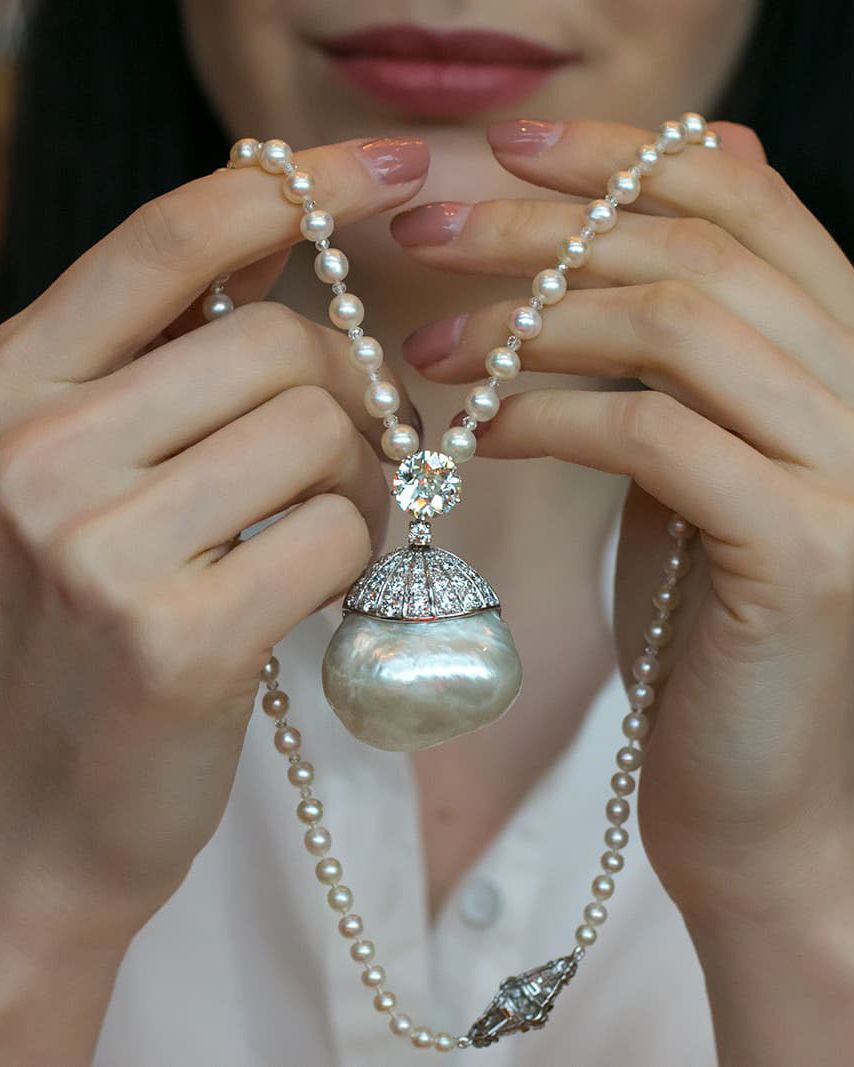
Christie's Magnificent Pearls exhibition necklace with a large baroque pearl and diamonds
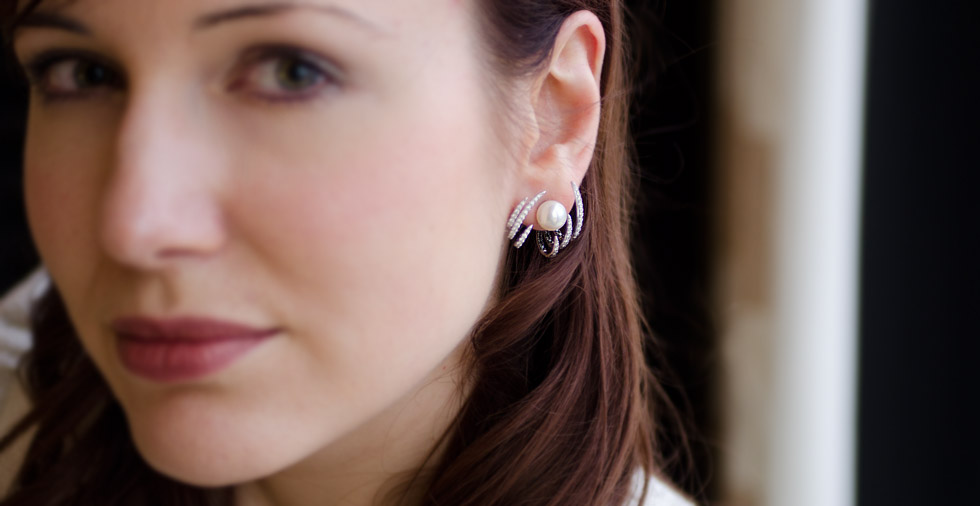
Kavant&Sharart pearl earrings with interchangeable ear jackets
6. Size is important. Specimens of the same quality but different size tend to vary enormously in value. The larger the pearl, the more it will cost.
7. Ensure that any holes in the pearls have been drilled evenly and that the openings show no signs of wear. To test the alignment, hold one end of the thread at eye level and stretch the other out in front of you and look along its length – it is easy to spot pearls where the holes are not lined up because they will stand out from the others, and this means the necklace will hang unevenly.
8. Never be afraid to ask for supporting documentation. As with any precious stones, high quality pearls will be accompanied by a certificate of authenticity confirming that the pearl has been produced naturally and has not been subject to artificial colouring.
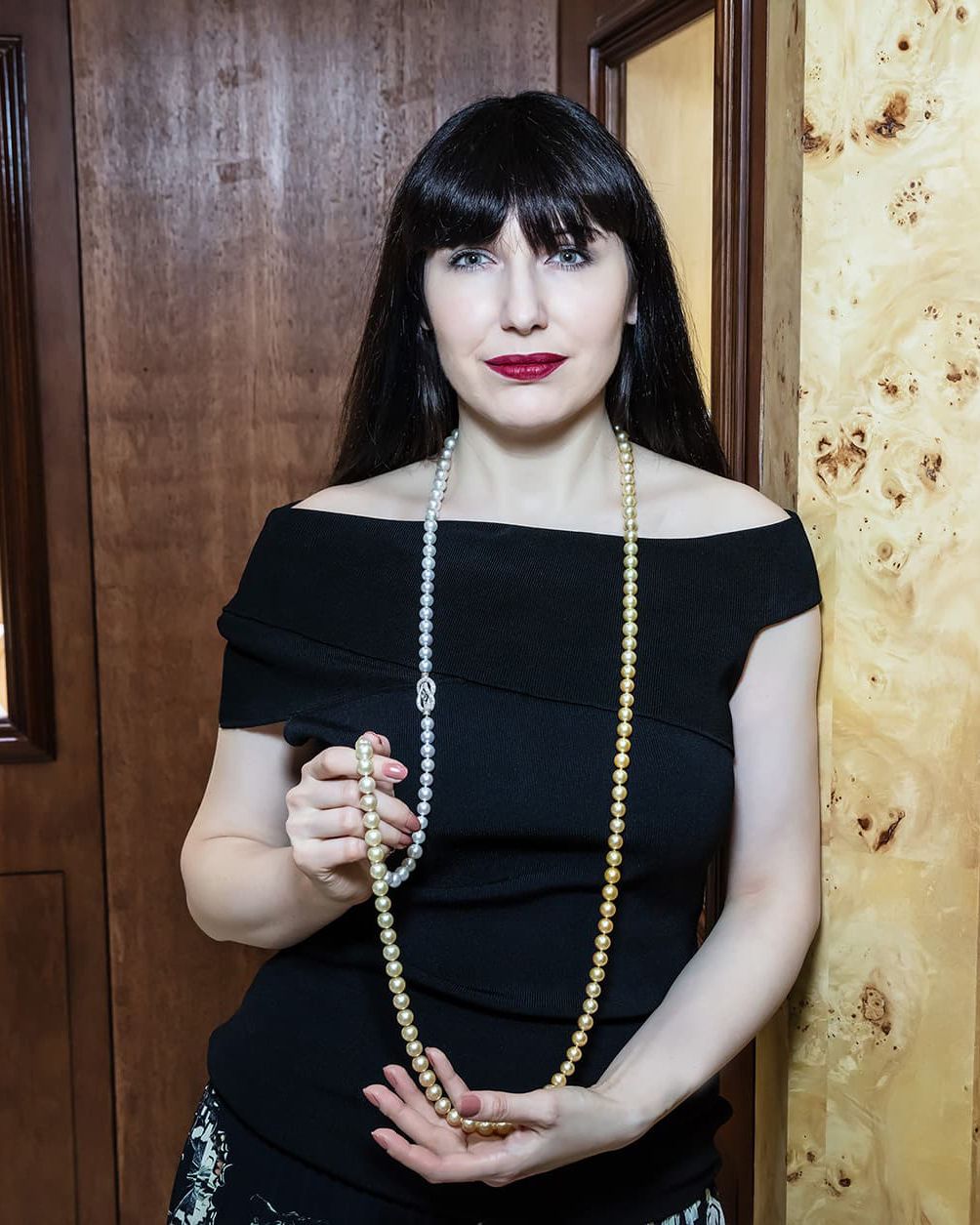
Katerina Perez wearing Autore sautoir necklace with diamonds and South Sea pearls in 18k white gold
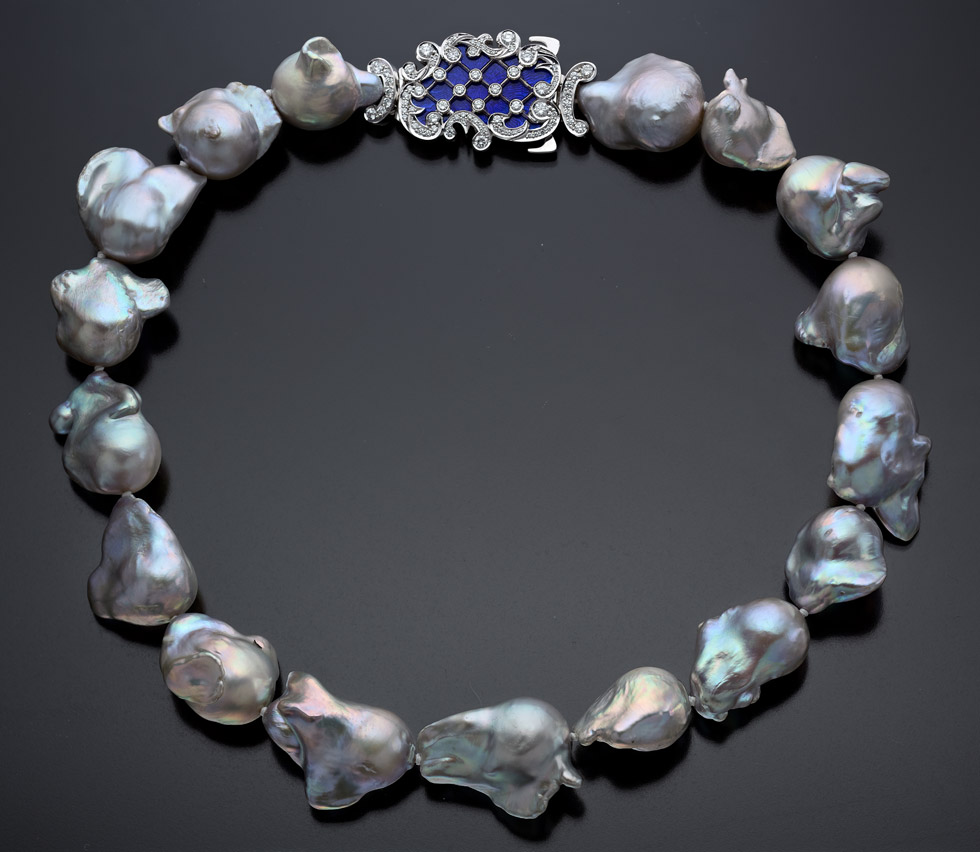
Ekaterina Kostrigina baroque pearl necklace
9. Buy your pearls from a reputable source. The level of expertise will vary from jewellery to jeweller – what you are looking for is someone who is not only versed in the subject of pearls and their properties, but also knows how to value them.
10. Go with your gut. If you are looking to buy a pearl and you discover one you really like, so much so that you find yourself still thinking about it days later, then make sure you buy it and wear it with pleasure!
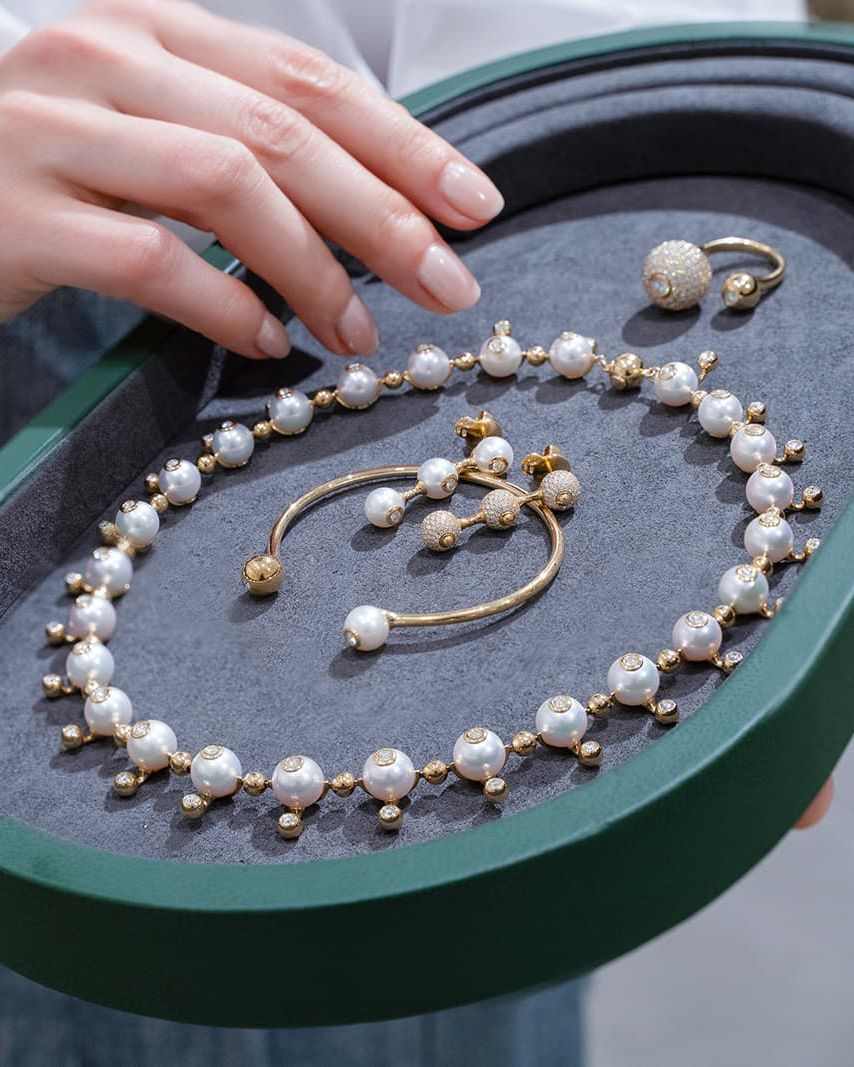
Jewellery pieces from the Nemara collection by State Property
It is not easy to get your head around all the subtleties of what makes a perfect pearl, and you certainly cannot expect to become an expert straight away, but as with anything, experience comes with practice. Spend more time in jewellery shops, get to know what they have to offer and the decision making will become part of the fun!

WORDS
Katerina Perez is a jewellery insider, journalist and brand consultant with more than 15 years’ experience in the jewellery sector. Paris-based, Katerina has worked as a freelance journalist and content editor since 2011, writing articles for international publications. To share her jewellery knowledge and expertise, Katerina founded this website and launched her @katerina_perez Instagram in 2013.


